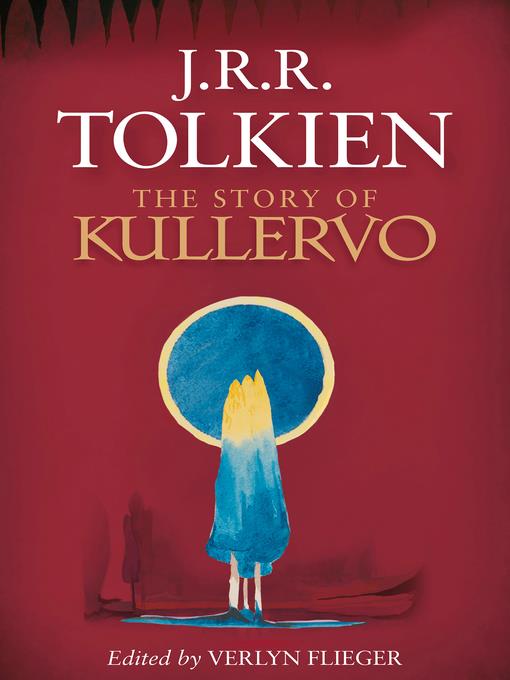
The Story of Kullervo
کتاب های مرتبط
- اطلاعات
- نقد و بررسی
- دیدگاه کاربران
نقد و بررسی

February 15, 2016
Aimed more at scholars than at the casual reader, this new edition of an early short story—which dates to the years 1912–1916—offers a taste of fantasies to come from the master of Middle-Earth. Tolkien adapted this fragment from an episode of the Finnish epic Kalevala, and his account of the young son of a fratricide and his tragic destiny would ultimately inform the characters and events of the Silmarillion, the narrative framework for all of his fiction. The story is muddled by name changes midway through its telling and completed from Tolkien’s sketchy notes, but it nevertheless evokes the mythic grandeur that would come to characterize his forays into the fantastic. Transcriptions of Tolkien’s Oxford University lectures on the Kalevala, and editor Flieger’s essay, “Tolkien, Kalevala, and The Story of Kullervo”—in which she describes the tale as “an essential step on Tolkien’s road from adaptation to invention”—provide context for appreciating the nascent genius of one of the 20th century’s greatest fantasists.

February 1, 2016
Hobbitmeister Tolkien's first effort at fantasy, surrounded by scholarly scaffolding. Somewhere around 1912--the chronology is a little fuzzy--Tolkien immersed himself in the body of Finnish mythology called the Kalevala and then set to work writing a story in its general style, full of moody portent but at least light on dragons. Imagine Longfellow in collision with Tennyson and Washington Irving, and you might arrive at something approaching Tolkien's result: "And therewith he devised all manner of evil for the boy (for so already did the babe appear, so sudden and so marvellous was his growth in form and strength) and only his twin sister the fair maid Wanona (for so already did she appear, so great and wondrous was her growth in form and beauty) had compassion on him...." The diction varies between that kind of flat modernism and faux-King James: "Break thou the teeth of Sari O flint: rend thou the tongue of Kampa's son that speaketh always harshness and knows of no respect to those above him." At times, Tolkien turns to verse, taking his miniature saga into fog and mist and death in just three dozen pages. Added to this are two related papers, separated in time, by Tolkien on the Kalevala, against which he compares the Finnish mythic cycle to similar bodies of work in Welsh, Irish, Norse, and other traditions, as well as scholarly notes that link the hero with Turin Turambar of The Silmarillion. Of particular interest to die-hard fans of Tolkien's are his notes on the story, mapping out alternate endings and plot points and revealing the beginnings of a dark mythical vision that will find full force a couple of decades later with the Lord of the Rings cycle. Tolkien compleatists will want to have this, of course, but serious students of his work and of world folklore will appreciate this more than will general readers.
COPYRIGHT(2016) Kirkus Reviews, ALL RIGHTS RESERVED.

November 15, 2015
Begun by Tolkien in his Oxford years and left unfinished, this newly discovered work features a tragic orphan boy named Kullervo, inspired by a character in the great Finnish epic "Kalevala" and in turn the impetus behind Turin Turambar in "The Silmarillion". Drafts of a Tolkien lecture on the "Kalevala" add scholarly force; indeed, this book might have more specialist appeal, as the 20,000-copy first printing suggests. But decidedly newsworthy; watch what happens. Published in the UK in August.
Copyright 2015 Library Journal, LLC Used with permission.

























دیدگاه کاربران